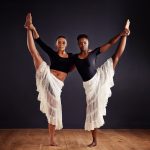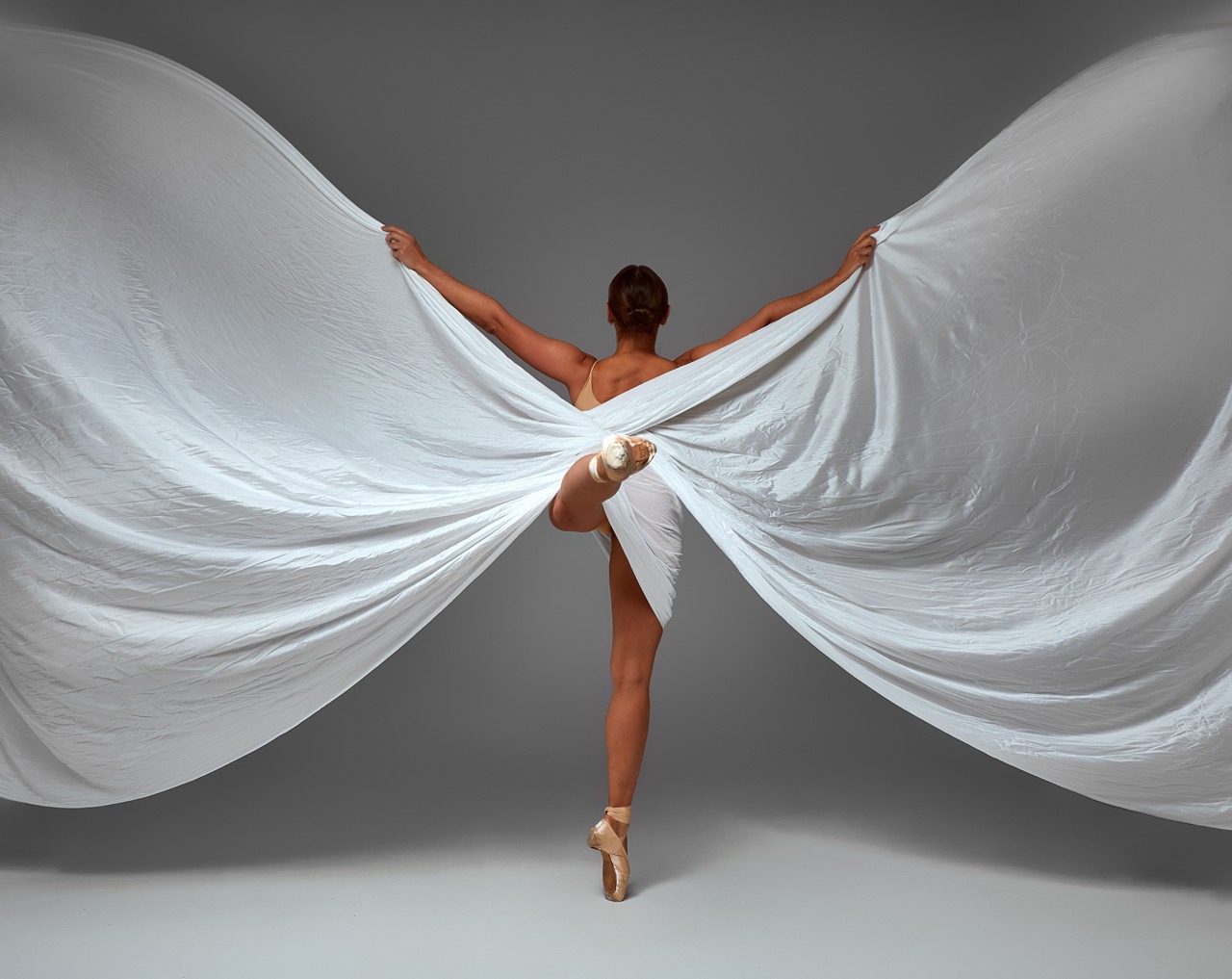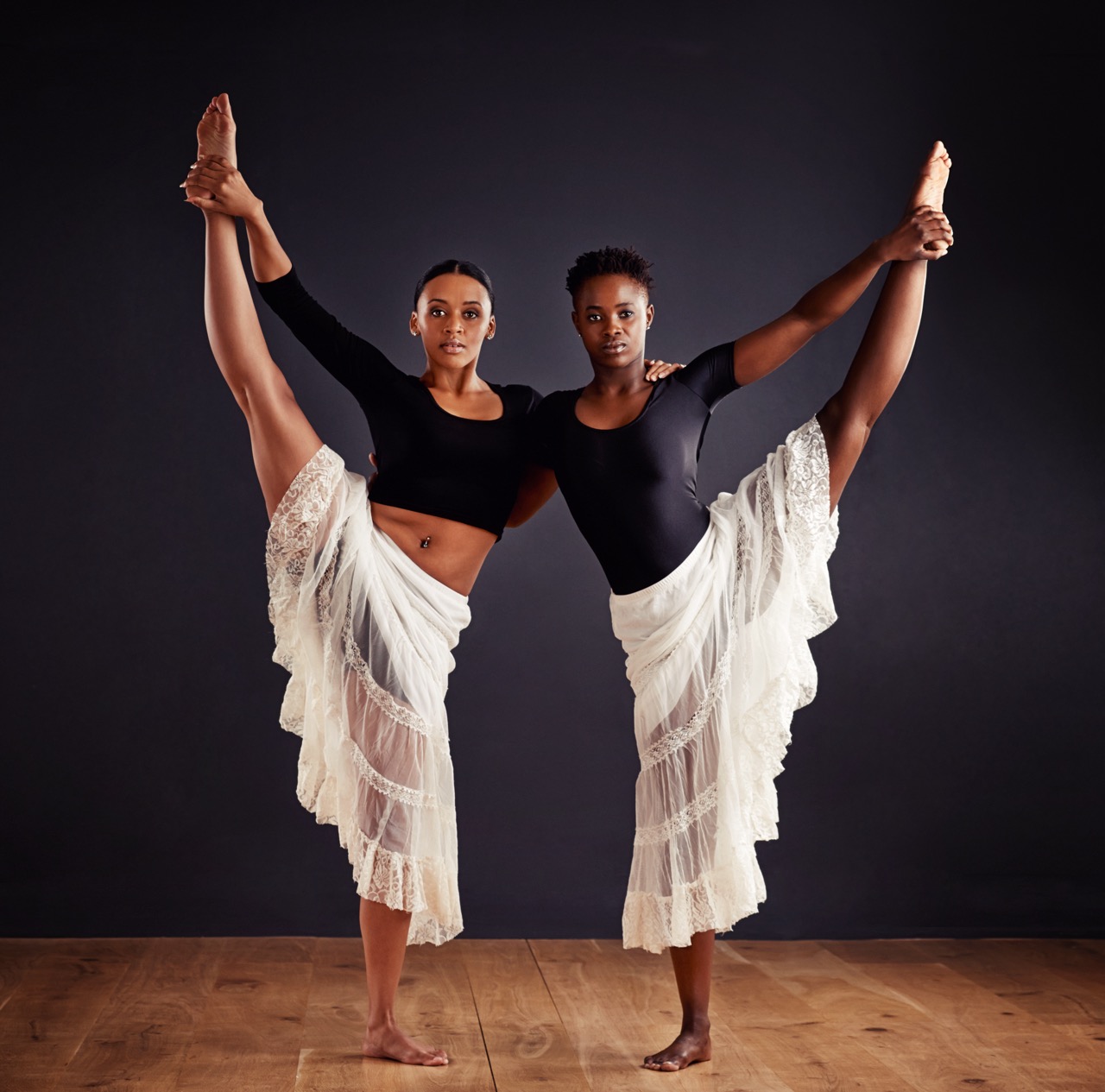Flexibility is a hallmark of exceptional dancers, allowing them to execute breathtaking movements that captivate audiences worldwide. The science behind this remarkable flexibility involves a complex interplay of anatomy, physiology, training practices, and even genetics. By delving into the mysteries of dance flexibility, we can better appreciate the extraordinary range that dancers possess. This article explores the fundamental aspects that contribute to a dancer’s flexibility, offering insights into how they achieve and maintain their incredible range.
Unraveling the Mysteries of Dance Flexibility Science
At its core, the science of flexibility in dance hinges on understanding how muscles, tendons, and ligaments interact. Flexibility refers to the range of motion (ROM) around a joint, which is influenced by various factors, including the joint structure, muscle length, and the nervous system’s response. Dancers utilize their flexibility to achieve stunning poses and movements, but this ability is far from uniform across all individuals. Instead, it is a result of both intrinsic and extrinsic factors that can be measured and improved upon.
Research into flexibility has revealed that it is not merely a product of stretching; rather, it involves the neuromuscular system’s ability to coordinate muscle contractions and relaxations. This interplay allows dancers to perform complex movements effortlessly. Furthermore, the body’s proprioceptors—sensory receptors located within muscles and tendons—play a critical role in how flexibility is developed, as they provide feedback to the brain regarding joint position and muscle tension. Understanding these underlying principles helps us unravel how dancers achieve their incredible range.
Moreover, advancements in technology have enabled scientists to gain deeper insights into dance flexibility. Techniques such as motion capture and electromyography (EMG) allow researchers to study muscle activation patterns during dance movements. This research not only aids in developing targeted training regimens but also contributes to injury prevention strategies. By incorporating scientific findings into their training, dancers can enhance their flexibility while minimizing the risk of injuries associated with overstretching or improper technique.
Anatomy and Physiology: The Body’s Elastic Potential
The unique anatomy of dancers significantly contributes to their flexibility. One of the primary factors is the structure of their joints. Dancers often possess hypermobility in certain joints, allowing for a greater range of motion than the average person. This hypermobility can be attributed to the shape of the bones and the laxity of the surrounding connective tissues. However, while hypermobility can enhance flexibility, it may also predispose dancers to injuries if not properly managed.
Another crucial aspect of a dancer’s anatomy is the composition of their muscles. Muscles are made up of fibers that can be categorized into two main types: slow-twitch and fast-twitch. Slow-twitch fibers, which are more prevalent in dancers, are more adaptable to endurance activities and flexible movements. This muscle composition, combined with strength training, allows dancers to maintain control while achieving extreme ranges of motion. Additionally, the length of muscles plays a significant role in flexibility; longer muscles can stretch further, which is why many dancers incorporate techniques that elongate their muscle fibers.
Furthermore, the physiology of flexibility involves the collaborative functioning of various body systems. The nervous system plays a pivotal role in regulating muscle tone and response to stimuli during movement. Dancers practice neuromuscular training, which enhances the communication between the brain and muscles, ultimately improving their flexibility. By understanding the anatomical and physiological components of their bodies, dancers can tailor their training to maximize their elastic potential while ensuring they remain agile and injury-free.
Training Techniques: Enhancing Flexibility in Dance
To achieve outstanding flexibility, dancers engage in a variety of training techniques tailored to enhance their range of motion. One commonly employed strategy is the use of dynamic stretching, which involves active movements that gently push the muscles and tendons beyond their usual limits. Dynamic stretching not only prepares the body for the physical demands of dance but also increases blood flow to the muscles, improving overall flexibility and performance.
Static stretching, another crucial training technique, is often used to maintain and improve flexibility. This form of stretching involves holding a muscle in a stretched position for an extended period, allowing for deeper elongation and relaxation of the muscle fibers. Many dancers incorporate static stretching into their cool-down routines, ensuring that their muscles remain supple and ready for future performances. Additionally, incorporating yoga and Pilates into training regimens can further enhance flexibility by focusing on controlled movements and deep stretches that promote balance and stability.
In recent years, technology has also played a role in flexibility training. Dancers are increasingly using tools such as foam rollers and resistance bands to enhance their stretching routines. Foam rolling helps release tension in muscles and fascia, while resistance bands can assist in achieving deeper stretches by providing support. These training techniques, combined with a proper warm-up and cool-down routine, allow dancers to improve their flexibility systematically and safely, ultimately elevating their dance performances.
The Role of Genetics in a Dancer’s Flexibility Journey
Genetics is a powerful determinant in a dancer’s flexibility, influencing everything from muscle composition to joint structure. While training and practice can enhance flexibility, genetic predisposition sets the foundation. For instance, certain individuals may inherit more elastic connective tissues, granting them a natural advantage in achieving greater ranges of motion. This genetic factor can vary significantly among dancers, making some individuals more predisposed to excel in flexibility-centric styles of dance.
The role of genetics extends beyond physiological traits; it can also affect a dancer’s response to training. Some dancers may find it easier to achieve specific flexibility milestones, while others may require more time and effort to see similar results. Understanding these genetic influences helps dancers set realistic goals and tailor their training approaches, emphasizing the importance of personalized flexibility programs that take individual differences into account.
While genetics plays a significant role, it is essential to recognize that hard work and dedication can lead to remarkable improvements in flexibility, regardless of one’s natural predisposition. Dancers often share stories of overcoming genetic limitations through consistent training and a commitment to their craft. This combination of nature and nurture demonstrates that, while genetics lays the groundwork, the ultimate journey in flexibility is defined by the dancer’s passion, perseverance, and determination.
In conclusion, the science of flexibility in dance is a multifaceted exploration of anatomy, physiology, training techniques, and genetic influences. Dancers possess an incredible range that is not solely a product of innate talent but rather the result of dedicated training and a deep understanding of their bodies. By unraveling the mysteries behind their flexibility, we not only gain a greater appreciation for the art of dance but also recognize the hard work and science that underpin these awe-inspiring performances. As dancers continue to push the boundaries of flexibility, they inspire others to embrace their own journeys toward physical excellence.










